
Laiba Zai
Producer, News Desk
Laiba is a multi-media journalist, passionate about American politics and digital rights. She has a degree in social sciences from IBA, Karachi.

Representative image showing war of information between India and Pakistan.
Nukta
The first casualty of war is often the truth. That maxim rang true once again as India and Pakistan, two nuclear-armed rivals in South Asia, stood at the precipice of conflict. In the tense days following 'Operation Sindoor' by the Indian Armed Forces and 'Operation Bunyān-un-Marsūs' launched by Pakistan in retaliation, both sides rolled out a wave of official statements, press conferences, and video montages, each seeking to shape the narrative in their favor.
From downed drones to intercepted missiles, deep strikes to failed incursions, the claims made by military spokespeople were sweeping, technical, and often contradictory. The fog of war, amplified by nationalist fervor and tightly controlled messaging, left observers in a haze of uncertainty. On both sides of the border, questions began to emerge: Who struck first? What was actually hit? And how much of what was claimed holds up to scrutiny?
Here’s a breakdown of the key assertions made by India and Pakistan, and the evidence, or lack thereof, behind each of them.
India's claims
Claim 1: India targeted only terrorist infrastructure and avoided civilian areas
India asserts that the airstrikes conducted on May 6–7, 2025, were precision attacks aimed exclusively at terrorist infrastructure belonging to groups like Jaish-e-Mohammed (JeM) and Lashkar-e-Taiba (LeT). The Indian government reported that these strikes resulted in the elimination of over 100 militants, including close aides and family members of Jaish-e-Mohammed chief Masood Azhar. These included Yusuf Azhar, Abdul Malik Rauf, and Mudassir Ahmad as high-value targets which were eliminated. India also claimed to destroy nine major terror launchpads in Pakistan and Pakistan administered Jammu and Kashmir.
They specifically named Bahawalpur, Muridke, and Muzaffarabad, among others, as locations of the airstrikes, claiming these were command centers of JeM and Let.
Evidence presented
Indian officials stated that real-time satellite imagery and drone surveillance were used to monitor militant movements, confirm combatant presence at targets, and exclude civilian zones from strike plans.
In official briefings, India presented mission route maps, airspace tracking data, and animated visuals to show that the strikes were routed to avoid urban centers and that aircraft did not penetrate deep into Pakistani civilian airspace.
However, India did not release:
- Before-and-after satellite images confirming militant-only hits,
- Footage from strike aircraft, or
- Evidence of militants killed, such as complete list of names or identities.
This lack of verifiable public evidence has made independent confirmation of India’s claim difficult, especially amid Pakistan’s counterclaims of civilian casualties.
Claim 2: India targeted 11 Pakistani airbases during Operation Sindoor
India claimed to become the 'first country to strike 11 airbases of a nuclear-armed nation in a single operation, destroying 20% of Pakistan’s air force assets'.
Evidence presented
The claim of targeting 11 Pakistani airbases is supported by reports and satellite imagery indicating damage to multiple military installations. Independent reports indicate that Indian airstrikes targeted Pakistani airbases, including Mushaf Airbase in Sargodha and Nur Khan Airbase in Rawalpindi.
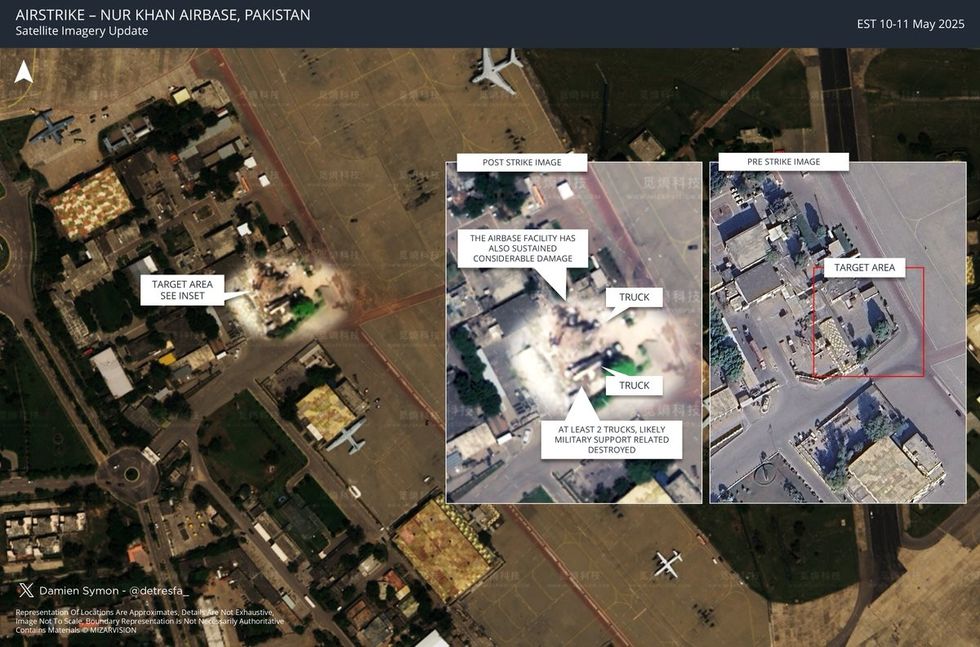
According to The Washinton Post, visual analysis of more than two dozen satellite images and aftermath videos found that the strikes heavily damaged 'three hangars, two runways and a pair of mobile buildings used by the air force'.
Two mobile control centres were destroyed at Nur Khan air base in Rawalpindi, according to William Goodhind, a geospatial analyst, who reviewed the released satellite imagery.
However, the full extent of the degradation to Pakistan's air capabilities remains subject to further verification.
Claim 3: Air defense success and operational readiness
India claimed that its multi-tiered air defense systems, including the indigenous Sudarshan Chakra system (integrating components like the Russian S-400), effectively intercepted and neutralized a range of incoming threats from Pakistan during Operation Bunyan-un-Marsus. These included PL-15 air-to-air missiles, long-range guided rockets, loitering munitions, and combat and surveillance drones.
India further asserted that all military airfields, installations, and equipment remained operational, and that no significant damage was sustained during Pakistan’s retaliatory strikes. It maintained that all hostile drones were detected and destroyed before they could cause harm.
Evidence presented
Press briefings featured images of destroyed Pakistani drones, including alleged wreckage of Baykar YIHA III loitering munitions intercepted near Indian airbases. Officials highlighted air defense radar logs and trajectory animations showing real-time interception of incoming threats.
Despite these assertions, India did not allow independent media access to verify airbase conditions or inspect downed drones. While the volume of official imagery and briefings supported India’s narrative of high defense efficacy, the lack of third-party verification limits full assessment of the extent of damage.
Pakistan's claims
Claim 1: Civilian casualties from India's Operation Sindoor
Pakistan reported that Indian strikes targeted civilian areas, including mosques, resulting in 31 civilian deaths and 57 injuries which included women and children.
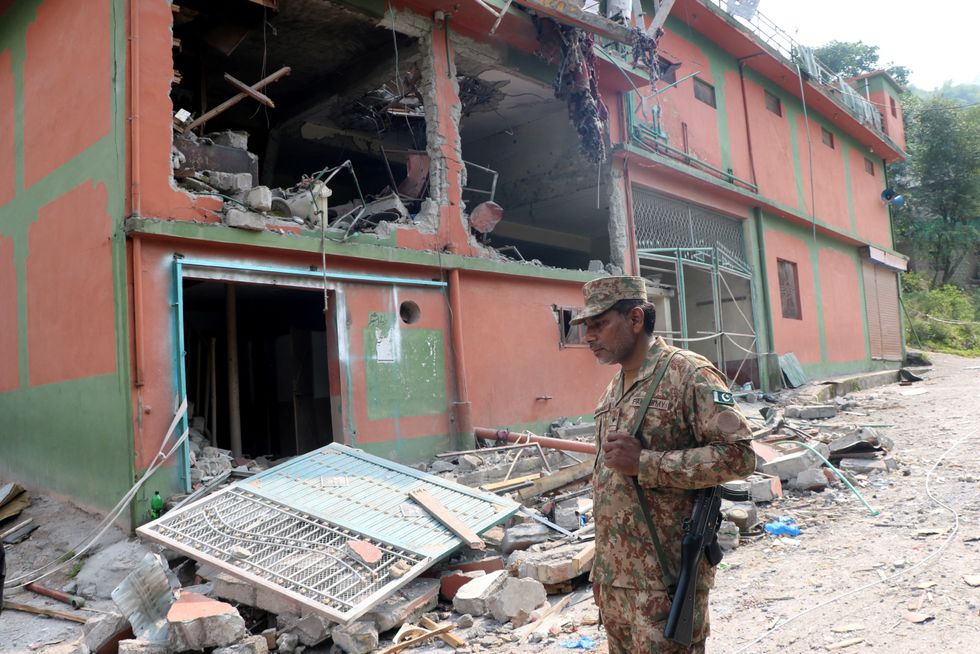
Evidence presented
Pakistani officials claimed that visual evidence from the affected areas confirmed that only non-combatants were struck. Local media reported a strike on Bilal Mosque resulted in three fatalities, while in Kotli, the Abbas Mosque was targeted, leading to the deaths of two teenagers.
According to Al Jazeera, images emerging from Muridke showed rescuers searching for victims amid the debris of a damaged government health and education complex while The Guardian reported women and several children among the 31 killed in the strikes.
Claim 2: Destruction of Indian military assets and aircraft
Pakistan claims that under Operation Bunyān-un-Marsūs, it successfully struck 26 Indian military targets with minimal collateral damage. These included high-value assets such as BrahMos missile storage facilities and S-400 air defense systems at Adampur. The operation reportedly involved the use of domestically produced Fattah missiles targeting Indian airfields and installations in Punjab and Jammu & Kashmir.
Additionally, the Pakistan Air Force (PAF) asserted that it downed six Indian aircraft—three Rafale jets, a Su-30, a MiG-29, and a combat drone—while neutralizing 84 drones using indigenous GPS jamming systems. The operation was famously summarized by AVM Aurangzeb as “PAF vs IAF: 6–0.”
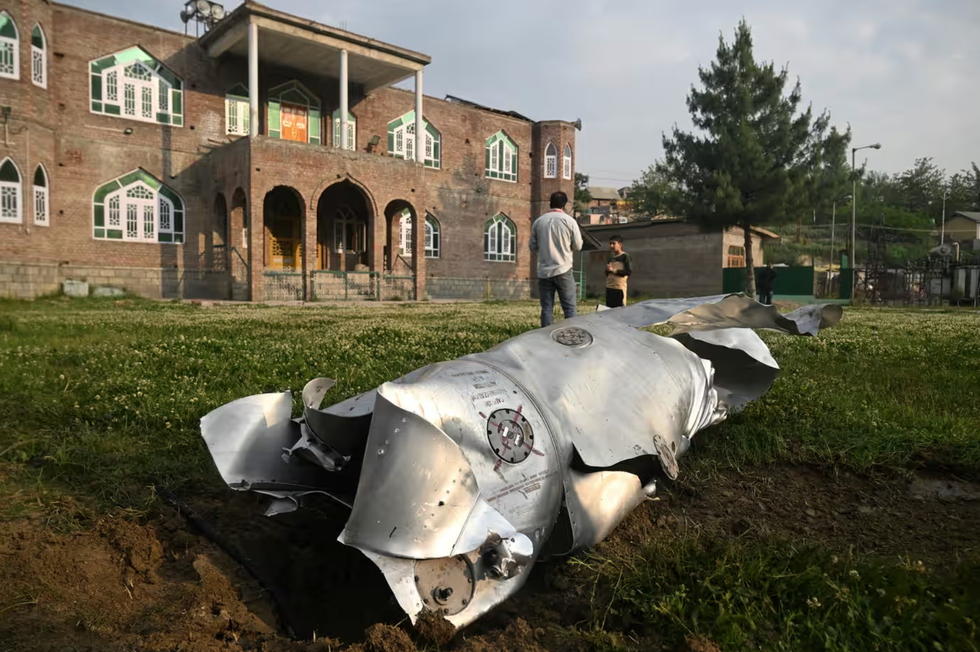
Evidence presented
According to PAF, satellite imagery was used to detect S400’s movements and destroy it, with before and after pictures shown in their press conference. However, India refuted these claims. No independently verifiable evidence was provided by either state to substantiate their respective claims.
U.S. officials reported that Pakistani J-10 fighter jets, equipped with Chinese PL-15 missiles, shot down at least two Indian military aircraft, including one French-made Rafale, during the confrontation. Additionally, a senior French intelligence official confirmed to CNN that one Indian Air Force Rafale fighter jet was downed by Pakistan, marking the first known combat loss of the French-made aircraft.
Imagery circulated on social media showed debris consistent with a Rafale fighter jet, including a vertical stabilizer fragment marked with serial number BS001, linked to the Indian Air Force. However, the authenticity of these images has been questioned, with some reports suggesting they may have been fabricated or misrepresented.
India did not officially confirm the loss of any aircraft. An Indian Air Force spokesperson stated, "losses are a part of combat," but did not provide additional details.
Claim 3: Minimal damage to Pakistani airbases
Pakistan's Armed Forces claimed Indian strikes caused some infrastructure damage but minimal operational impact with only one aircraft sustaining minor damage which would be repaired.
Evidence presented
India reported that its strikes inflicted significant damage on Pakistani airbases, including the Nur Khan Airbase, with satellite imagery showing craters on runways.
Pakistan's assertion of minimal damage contrasts with these reports, and no independent assessments have been presented to reconcile these differing accounts.


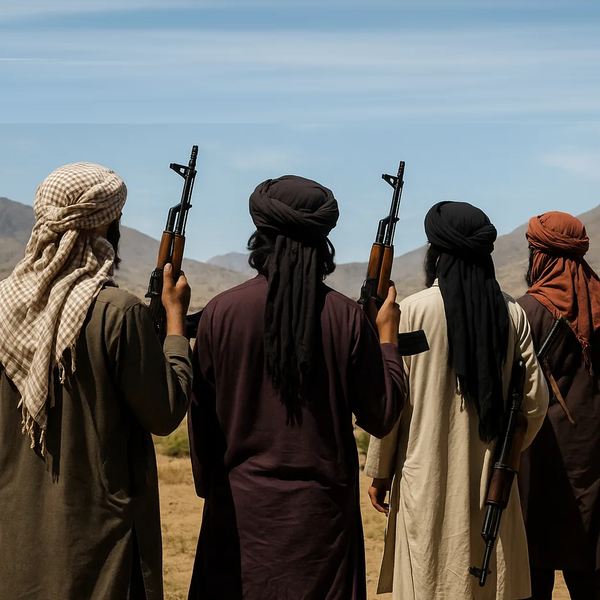


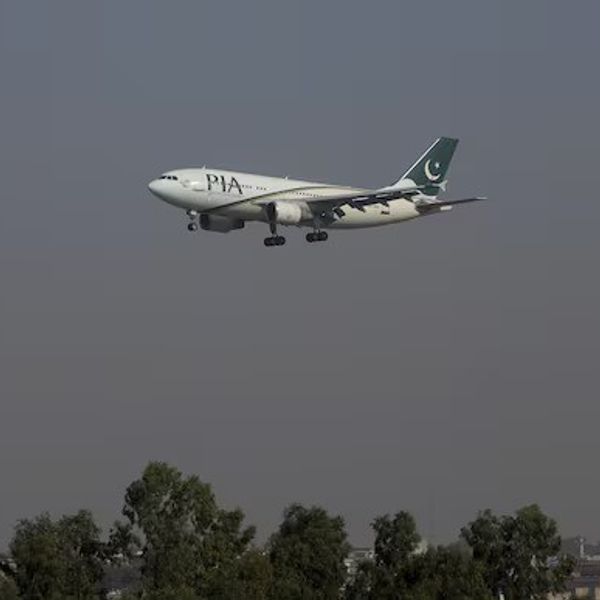




Comments
See what people are discussing